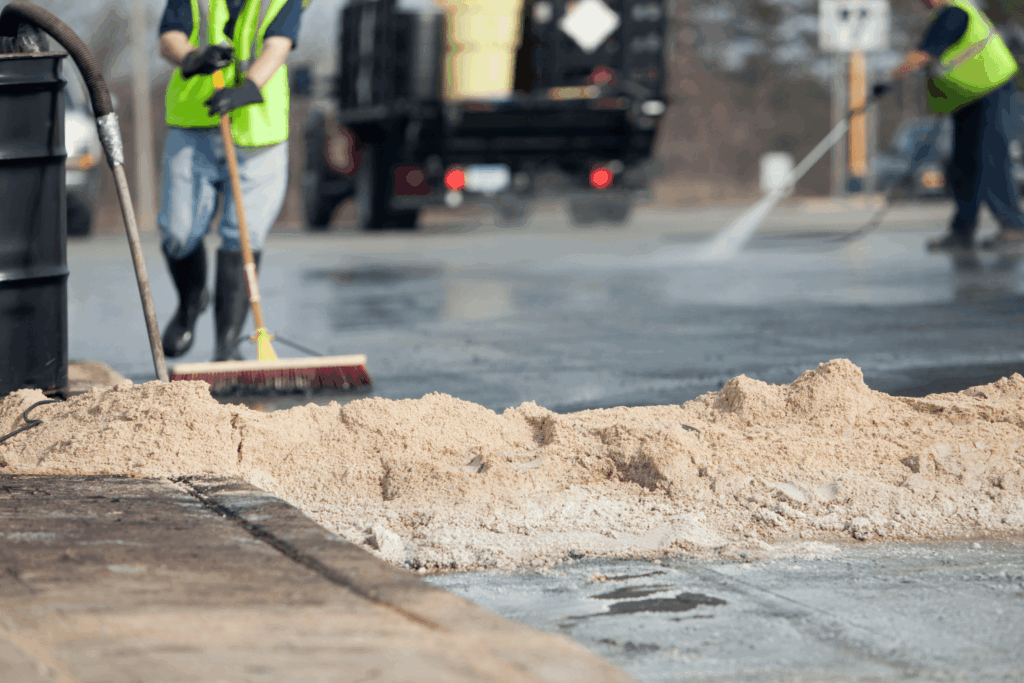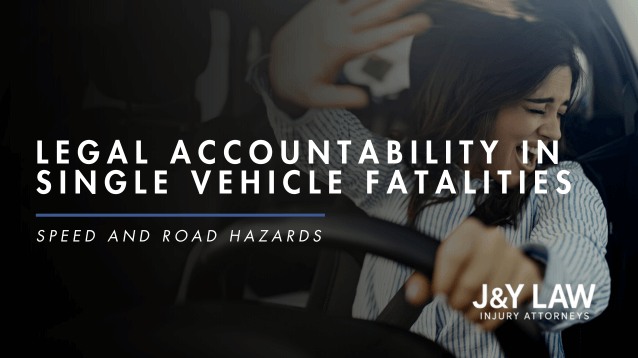Legal Accountability in Single Vehicle Fatalities: Speed and Road Hazards
On June 29, 2025, tragedy struck near Guerneville in Sonoma County. A single-vehicle accident occurred when a speeding driver lost control, veered off the road, and collided with a tree. The driver, the only occupant in the vehicle, suffered critical injuries and was pronounced dead at the scene. In the aftermath, questions about accountability, road safety, and legal recourse arise.
If you’ve lost a loved one in a high-speed crash or are seeking clarity on how fault is determined in cases like this, here’s what you need to know.
Can Speeding Drivers Lead to Civil or Wrongful Death Claims?
While there’s no criminal defendant in a fatal single-car crash, families can still file a wrongful-death lawsuit against the driver’s estate. In California, beneficiaries such as surviving spouses, children, or dependents can pursue compensation for:
- Funeral and burial expenses
- Loss of companionship and financial support
- Transportation and medical bills prior to death
- Emotional distress
“Speed isn’t just a factor, it’s evidence of recklessness,” says Alex Boris, J&Y Law’s Senior Trial Attorney and wrongful-death litigator. “When someone drives faster than conditions allow and loses control, it shows a disregard for safety. And if they hit something that would’ve been avoidable at a safe speed – like a tree or a sharp curve – that’s when liability becomes clear. Speeding can turn a simple mistake into a deadly one.”
For a free legal consultation, call (877) 735-7035
What Is Comparative Negligence in These Cases?
California follows a pure comparative negligence rule: liability is shared based on each party’s percentage of fault, no matter how small it is.
- If the driver is 100% at fault, their estate covers all damages.
- If a municipality’s poor road maintenance contributed, the fault may be split — reducing individual responsibility but allowing multiple parties to share liability.

How Do Road Conditions Impact Liability?
Road hazards like faded guardrails, missing signage, or uneven pavement can contribute significantly to accidents. Some details that may spark legal scrutiny include:
- Road maintenance records, inspections, or reported hazards
- Crash scene photos, skid marks, and vehicle damage patterns
- Municipal liability — local governments may be held responsible if road issues were known and unaddressed
“We’re seeing more cases where the road played a silent yet deadly role,” notes Boris. “It’s not always just about driver error. In some of these crashes, there are known issues, like missing guardrails, worn pavement, and faded lane markings. These details can turn a survivable accident into a fatal one. Even when someone is speeding, if the City or County knew about a dangerous road condition and failed to fix it, that can shift liability. Families deserve to know all the facts, not just the ones in a police report.”
Click to contact our personal injury lawyers today
What Should Families Do After a High-Speed, Single-Vehicle Fatality?
- Call the California Highway Patrol (CHP) and request the accident report.
- Take photos of the scene, capturing road conditions and weather.
- Obtain local maintenance records for the area.
- Speak with a wrongful-death attorney experienced in speed and roadway hazard cases.
A roadside tree doesn’t cause a fatal crash alone. It’s a perfect storm of reckless speed, poor roadway safety, and neglect. But families don’t need to face this alone. Our team at J&Y Law can uncover the layers of fault.
If your loved one was killed in a high-speed crash, contact us at (877) 735 – 7035 for a free consultation. We can’t undo your loss, but we can help you find answers and fight for the compensation your family deserves.
Call or text (877) 735-7035 or complete a Free Case Evaluation form

